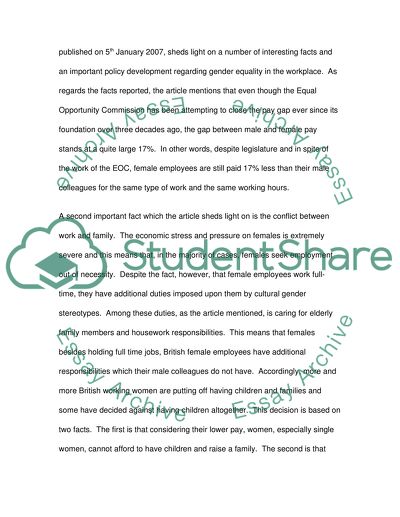Cite this document
(“Equalizing Opportunity Essay Example | Topics and Well Written Essays - 2000 words”, n.d.)
Retrieved from https://studentshare.org/sociology/1499344-equalizing-opportunity
Retrieved from https://studentshare.org/sociology/1499344-equalizing-opportunity
(Equalizing Opportunity Essay Example | Topics and Well Written Essays - 2000 Words)
https://studentshare.org/sociology/1499344-equalizing-opportunity.
https://studentshare.org/sociology/1499344-equalizing-opportunity.
“Equalizing Opportunity Essay Example | Topics and Well Written Essays - 2000 Words”, n.d. https://studentshare.org/sociology/1499344-equalizing-opportunity.


